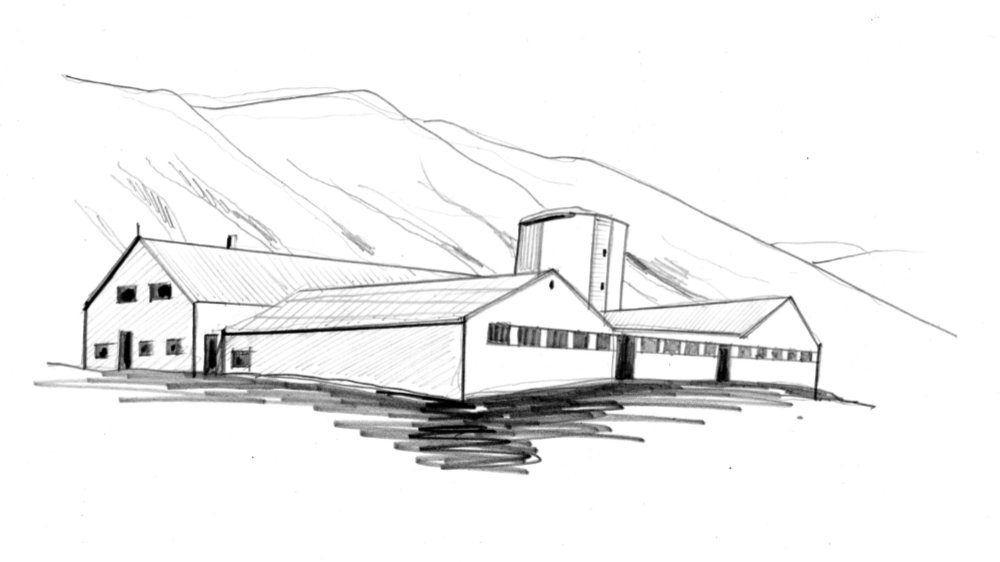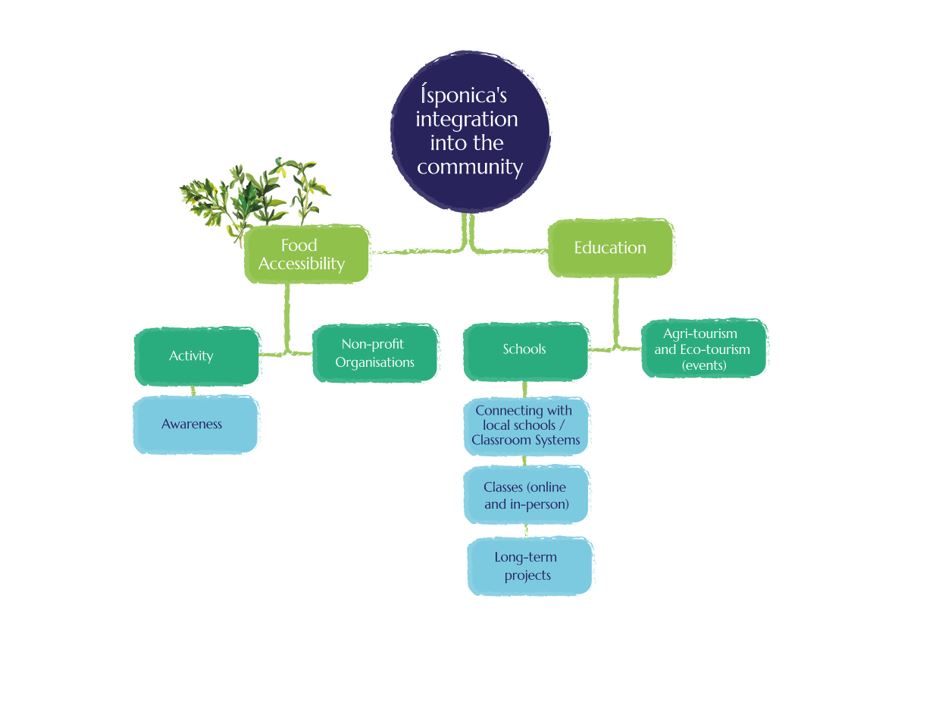Aquaponics uses the waste from fish as fertilizer for plants. This is how Ísponica will grow its plants. The water will flow from the fish tank to the biofilter, where good nitrifying bacteria will convert the wastewater into nutrients the plants can use.
The water will then flow to the areas where the plants are growing. Here, the plants will take up nutrients from the waste. After the water passes through these grow areas, water is returned back to the fish tank.
Some plants will be grown in soil (such as certain types of microgreens and potted herbs for customers to take home). These plants will be nourished using water from the aquaponics systems.


The first stage of production includes triton radish microgreens, rambo radish microgreens, speckled pea microgreens, and kale microgreens. Growth trials have begun for lettuce and herbs.
Check out our page here to follow our news and updates!